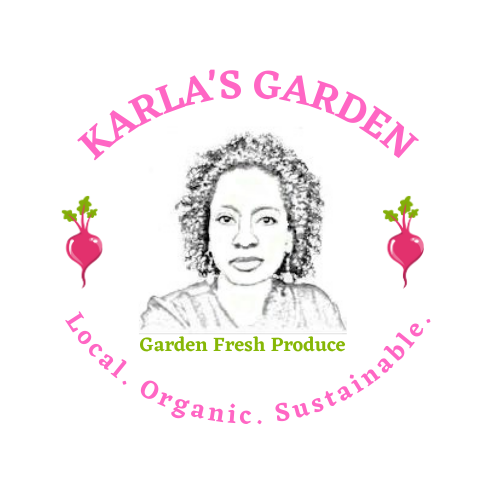Growing a Healthy Garden
Whether you direct sow your seeds or start transplants, it’s important to do all that you can to give your plants a good start. So in this article, I’ll share my best tips for planting and understanding the growing stages of your vegetables so that your plants will thrive, from seed to harvest!
What is Direct Sowing of Seeds?
Direct sowing of seeds means planting seeds directly into the soil of your garden beds. The benefit of direct sowing is that you don’t have to go through the hassle of starting your own transplants, which can take more time, materials, and attention.
Another plus is that depending on the weather, you may be able to count on the rain to help water your garden beds.
What is Transplanting?
Transplanting is starting your seed ahead of time, usually indoors or in a greenhouse, and planting the whole plant into your garden. The benefits of transplanting is you now have a larger, stronger plant with a greater chance of surviving attacks by insects or unexpected temperature changes.
Below are the crops that do best when planted directly by seed as well as the growing information on how quickly the crop matures.
Short Season (in days to harvest)
- Arugula, 30-60 (days)
- Baby Mix Lettuce, 25-40
- Radishes, 30-60
- Spinach, 30-40
- Turnips, 30-60
Half Season (in days to harvest)

- Beans, Snap, 50-60 (days)
- Beets, 50-60
- Carrots, 50-80
- Cucumbers, 50-60
- Okra, 50-60
- Peas, Snap, 50-65
- Summer Squash, 45-60
Long Season (in days to harvest)

- Corn, 65-85 (days)
- Parsnips, 100-120
- Potatoes (from tubers), 70-120
- Rutabagas, 90-100
- Pumpkins, 80-120
- Winter Squash, 80-120
Here are the crops that do best when transplanted as well as the growing information on how quickly they are ready to harvest.
Short Season (in days to harvest)
- Lettuce heads, 30-45 (days)
Half Season (in days to harvest)

- Broccoli, 60-75 (days)
- Cabbage, 60-90
- Cauliflower, 50-80
- Collards, 50-60
- Eggplant, 55-75
- Kale, 50-60
- Swiss Chard, 50-60
- Tomatoes, 55-85
Long Season (in days to harvest)

- Brussels Sprouts, 90-120 (days)
- Celery, 75-85
- Leeks, 70-120
- Onions, 90-110
- Peppers, 70-120
- Sweet Potatoes (from slips), 90-100
These tips are based on what has worked best for me in the past. But I must note that all the above vegetables can be both direct-seeded or transplanted. Zone 9 has such a long growing season you don’t have to be as concerned about starting all your vegetables early indoors. I usually start Tomatoes, Peppers Peas, and Cucumbers early just because they are some of our favorites.
For more growing tips, check out my article, 5 Vegetables That Are Best Direct Sowed.
Follow our journey on Instagram for creative ways to grow food on a budget. Happy Gardening!

